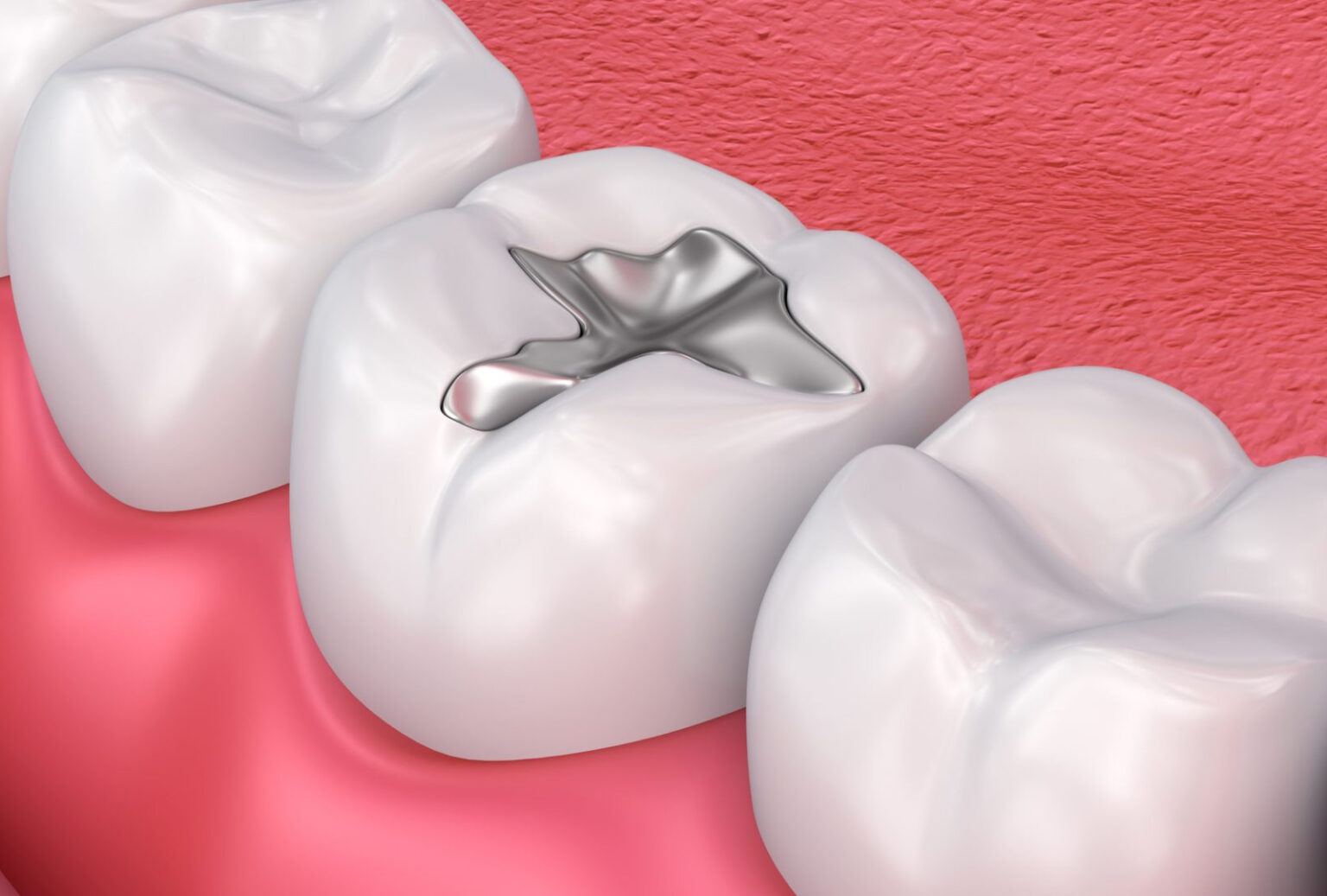-
Fast Implementation
Amalgam fillings can be quickly applied by dentists and harden immediately.
-
Resilience
Amalgam fillings are extremely resistant to chewing forces and have a long service life.
What is Amalgam Filling?
Amalgam filling consists of an alloy of liquid mercury, silver and tin metals. When the chewing and grinding functions of the tooth are impaired due to tooth decay, these decayed parts of the tooth are cleaned and amalgam filling is made.
It is used especially in molars to protect the tooth roots. In patients with a diagnosis of mercury allergy or tooth sensitivity due to decay under the amalgam filling, the filling should be replaced.
- Natural Appearance
- Resilience
- Color Stability
- Affordable Cost


